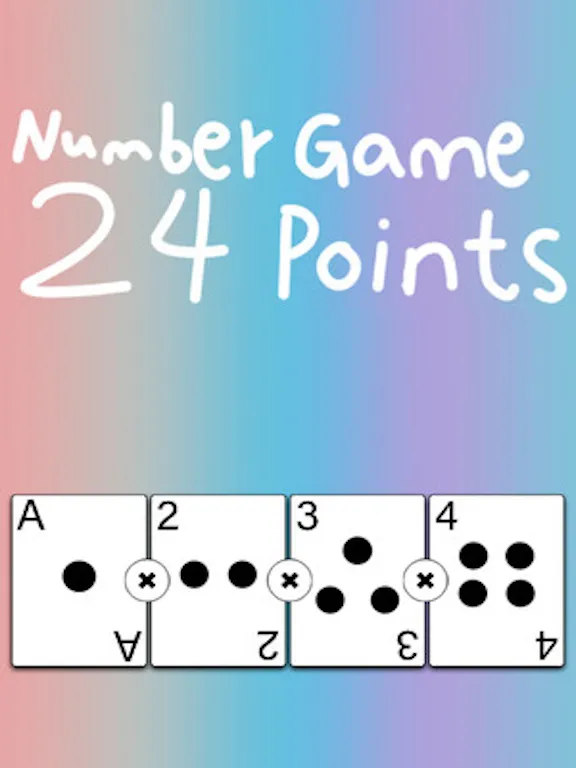Introduction
The rise of AI has revolutionized the way we live and work. It has the potential to revolutionize the way we interact with technology, but it also poses a number of challenges. One of the biggest challenges is the issue of AI bias. AI systems are only as unbiased as the data they are trained on. If the data contains biases, the AI system will likely produce biased results. This is a problem that has the potential to have a significant impact on society.
AI BiasAI bias refers to the tendency of AI systems to produce biased results due to the data they are trained on. This can happen in several ways. For example, if the data used to train an AI system is biased, the system will likely produce biased results. This can happen if the data is biased due to discrimination, such as if certain groups of people are overrepresented in the data, and the AI system is not designed to account for this bias.
The Issue of AI ResponsibilityAI systems are complex and their actions can have far-reaching consequences. As such, it is important to consider the responsibility of those who create and use AI systems. This includes developers, policymakers, and the general public. It is the responsibility of all those who interact with AI systems to ensure that they are used for the greater good and that they do not cause harm.
The Need for TransparencyOne of the best ways to address the issue of AI bias is to increase transparency. This includes making it clear who created the AI system, what data was used to train the system, and how the system was tested. This can help to prevent biased AI systems from being created and used.
ConclusionAI has the potential to revolutionize the way we live and work, but it also poses a number of challenges, including the issue of AI bias. It is important for all those who create and use AI systems to be aware of the potential for bias and to take steps to prevent it. By increasing transparency and accountability, we can ensure that AI is used for the greater good and that it does not cause harm.















































